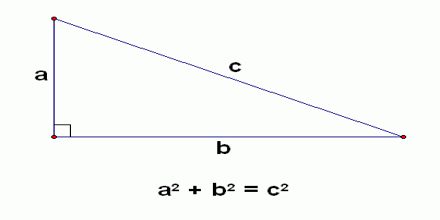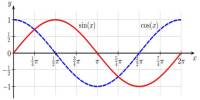Prime purpose of this lecture is to present on Pythagoras Theorem. In mathematics, the Pythagorean theorem, also known as Pythagoras’ theorem, is a fundamental relation in Euclidean geometry among the three sides of a right triangle. It states that the square of the hypotenuse is equal to the sum of the squares of the other two sides. This proof was discovered by President J.A. Garfield in 1876. The key is the formula for the area of a trapezoid – half sum of the bases times the altitude – ½ * (a+b) * (a+b).
Pythagoras Theorem
















